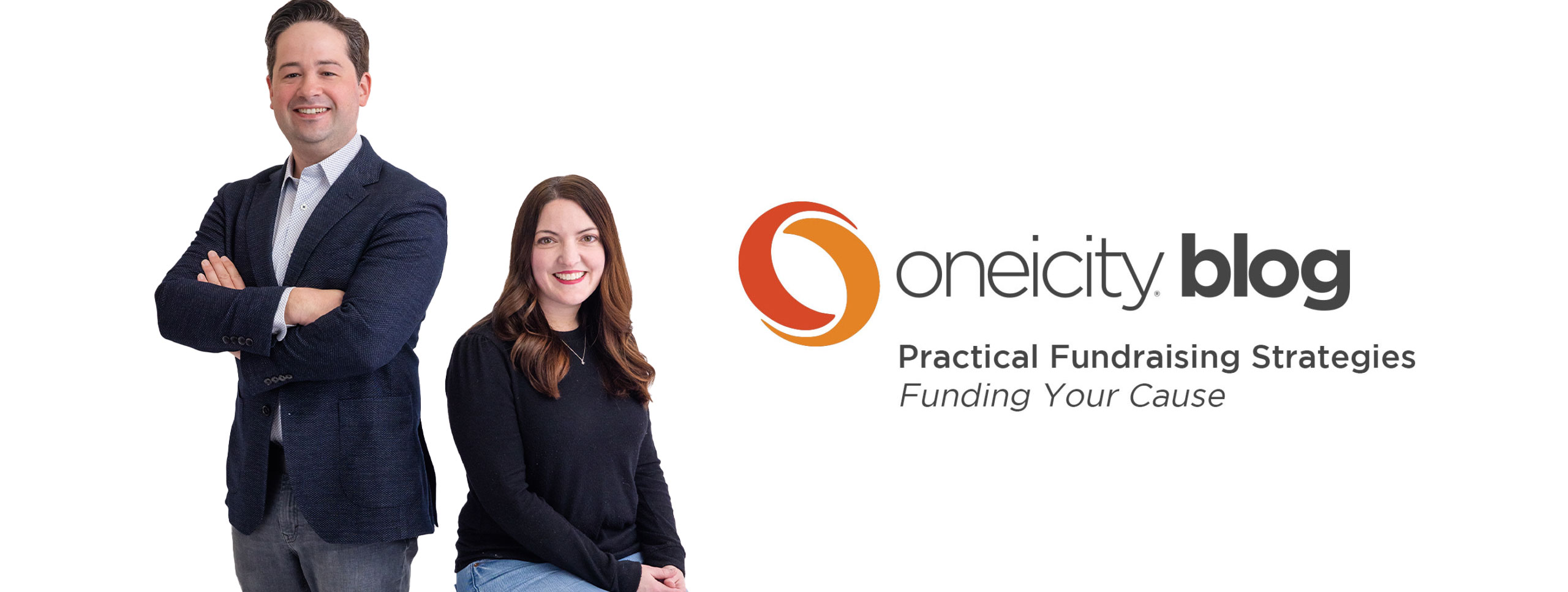Nonprofits often think they’re too busy fundraising to worry about branding. I totally understand how the need to generate net income can squeeze out taking time to think through branding. The reality is that in its simplest, most pragmatic form branding is all about relationships.
At the core of branding, you don’t have to worry about focus groups or style guides. All you have to do is think about calling home. When I call my mom in Texas, I don’t introduce myself. I don’t have to say, “Hello, this is Steve your son in Washington, I try to call every Sunday afternoon.”
My calls start with, “Hey.” That’s it.
And my mom knows it’s me.
She knows the sound of my voice and my “hey” is pretty distinctive to her after all of these years. Mom and I have a relationship. Some times I get crazy busy and I go too long between phone calls, but so far she’s still knows it’s me. For some reason, I always say “hey” and she always knows it’s me.
The basic concept of a brand is for your donor to know it is you whenever you say “hey.”
Everything you do, every fundraising letter, every newsletter, every email, every phone call, every smoke signal you send has to reinforce the message, “it’s me.”
Think about it. Ugly direct mail or a high concept magazine ad isn’t the issue. The issue is…. is it “you” and does the your donor know it’s you?
Certainly it gets more complicated than this. But this is where you start.
Get every newsletter, every fundraising appeal, every major donor communication. Print out all of your recent emails to donors. Print out your website, every page (people are not arriving only on your front page, they’re coming in through search engines and who knows where they’ll land). Lay all this stuff out on a conference table or on the floor of your office. Does it all look like you?
It probably won’t.
Now look at what you have. What sticks out as either not looking like you or not sounding like you (“you” being your nonprofit)? That’s where you start. Even if most of what you see is pretty ugly. It is better to be consistent not beautifully designed than have some materials look like they came from someone that isn’t you. You see?
Good news! You’ve just completed a major branding study for your nonprofit for the cost of some samples, printer paper and your time. (You may want to ask for a raise.)
So what do you think? Can the starting place be this simple? How do you know when your brand is right (or wrong)? I’d love to know what you think.

Steve Thomas
Partner, Oneicity
(unedited photo credit: robert huffstuder)

